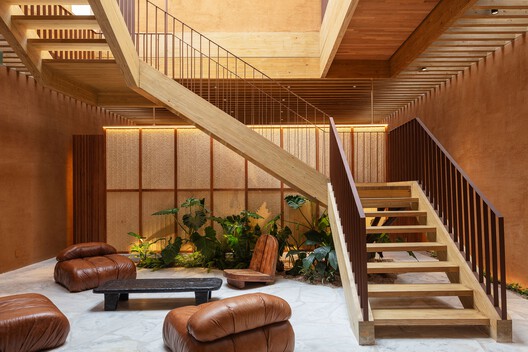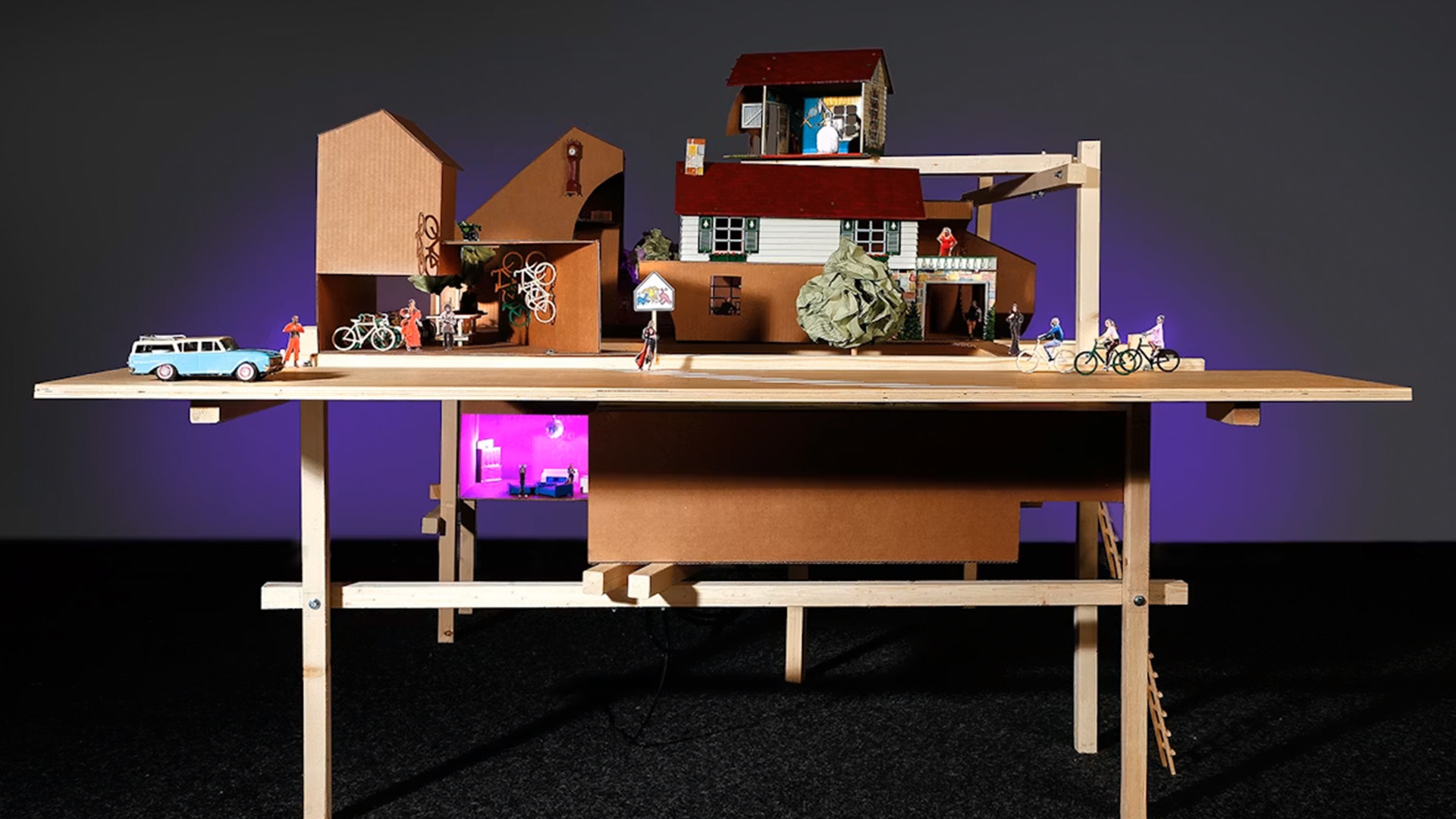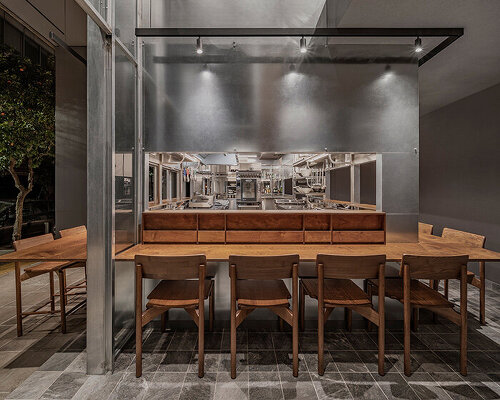Clayton Korte transforms historic San Antonio glass factory into food hall


Texas-based architecture studio Clayton Korte has teamed up with Emmer & Rye Hospitality Group to adapt a historic glass factory in San Antonio into a food market.
The Pullman Market opened in April 2024 in the former site of the Samuels Glass building, an Art Deco glass factory built in 1948 by Bartlett Cocke, in the historic Pearl District.

The 53,979-square-foot (5,014-square-metre) space now houses a speciality grocer with more than 150 Texas-based suppliers, five quick-service eateries and four full-service restaurants.
The design team used the historic building as a canvas, inspired by the Texas traditions of regional foodways, artisanal crafts and agriculture.

"The design emerged from our desire to create an architectural framework that would amplify the sensory journey through texture, light, and spatial sequencing," Clayton Korte partner Sam Manning told Dezeen.
"The light-filled patios created by infilling between structural elements serve as thresholds that transition visitors from Pearl's pedestrian experience into this immersive celebration of Texas culinary culture."

The team followed the rhythm of the historic structure to arrange spaces in the new building, using the shell as a unifying container for the multiple interior areas while preserving the structure's industrial qualities.
The primary circulation path runs along the building's central spine, creating moments of discovery and sightlines to different artisans as visitors approach the featured Mezcaleria bar.

A large atrium comprises the centre of the plan with the Mezquite restaurant and Mezcaleria, while the market spreads out through the tapering northern portion of the building.
Austin studio Baldridge Architects outfitted the other three restaurants: Fife & Farro pizza and pasta, a dessert bar at Nicosi and a showcase of Texas cuisine at Isidore.

The historic brick walls enclose the building with a weathered character, preserving the patina. The new materials serve as a contrast, standing in distinct but complementary layers.
"The original building had lots of natural rustic charm, and where possible, we wanted to preserve the rough-hewn beams, the metal frame windows and the concrete floors," said Emmer & Rye Hospitality Group partner Rand Egbert.
"We chose white oak, a myriad of tiles and white paint finishes inside to juxtapose the original building with a modern, clean but bespoke feel, bringing it into the present."
The team brought in culinary experts and vendors to weigh in on each of their spaces.

"The most profound lesson from Pullman Market was the power of inclusive, cross-disciplinary collaboration in achieving design excellence," Manning said.
"We created environments that genuinely showcase their craft. Their specialised knowledge is an invaluable design resource that leads to spaces with integrity and purpose."
Clayton Korte has designed hospitality destinations across Texas, including a wine cave hidden in the Hill Country — which is the feature of the studio's recent monograph — and a restaurant and tavern in a converted 1970s print shop.
The photography is by Casey Dunn.
Project credits:
Owner: Pullman Market LLC, The Historic Pearl
Operator: Emmer and Rye Hospitality Group
Architect for building and restaurant, plus bar Mezquite and Mezcaleria: Clayton Korte
Architect for three of the four restaurants: Isidore, Nicosi, and Fife and Farro: Baldridge Architects
Interior designer: Joel Mozersky Design
Landscape architect: Word + Carr Design Group
The post Clayton Korte transforms historic San Antonio glass factory into food hall appeared first on Dezeen.




















































